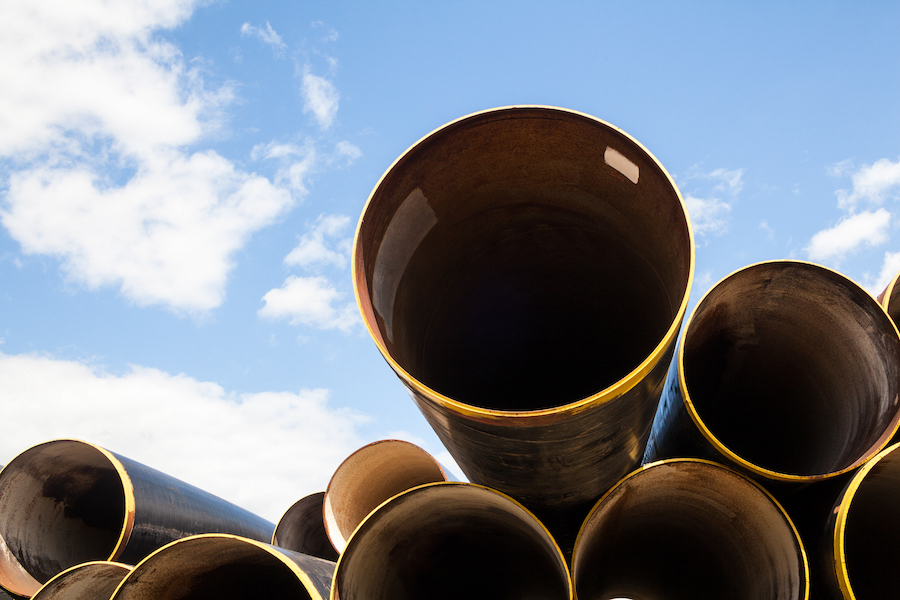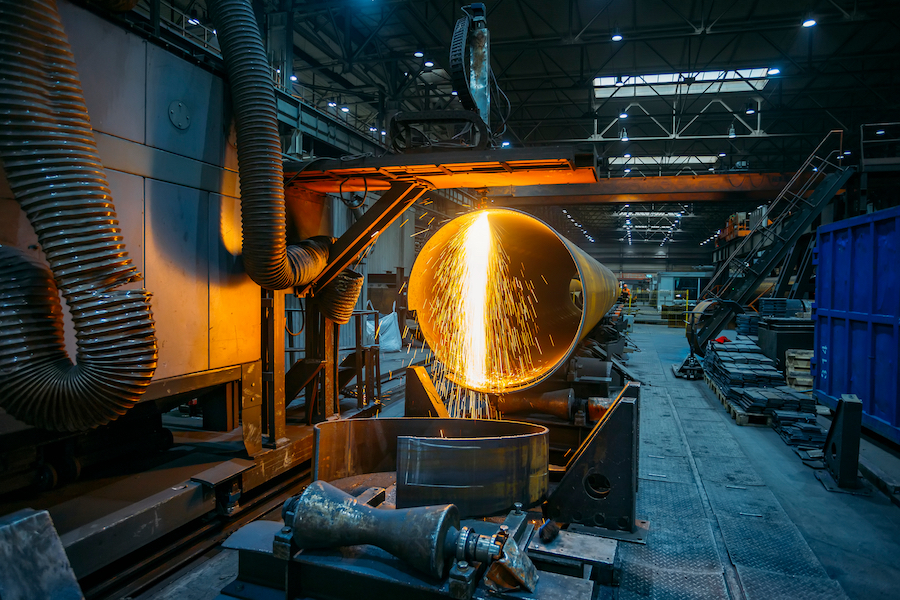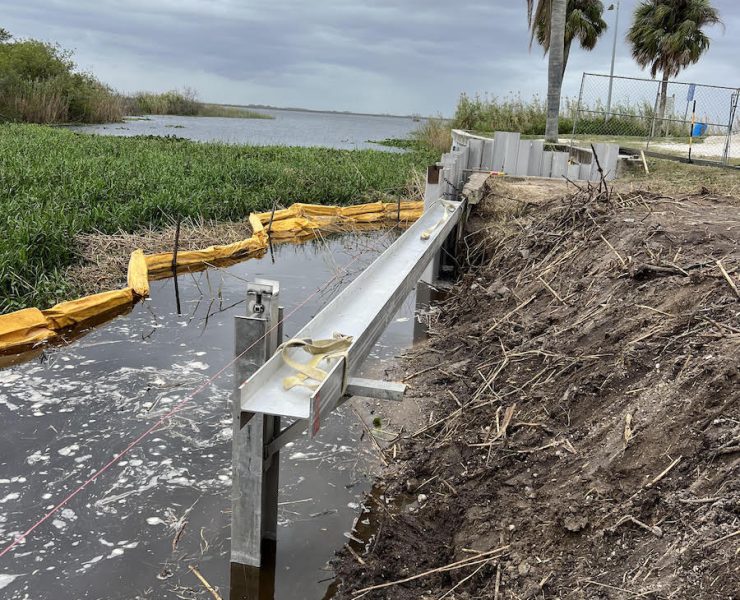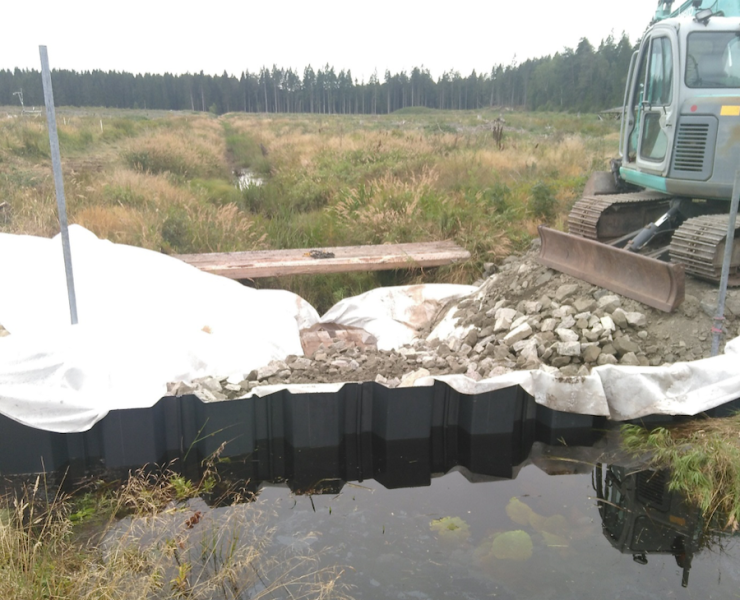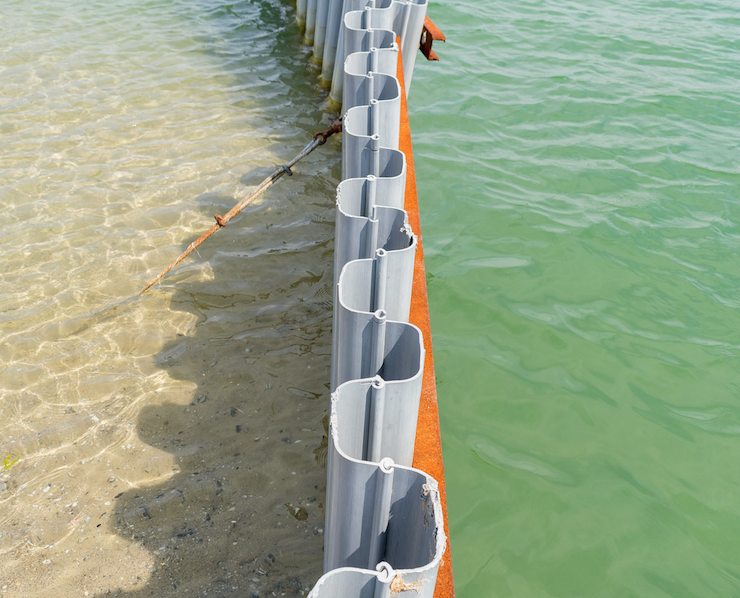Buying Steel Pipe in 2023: What You Need to Know
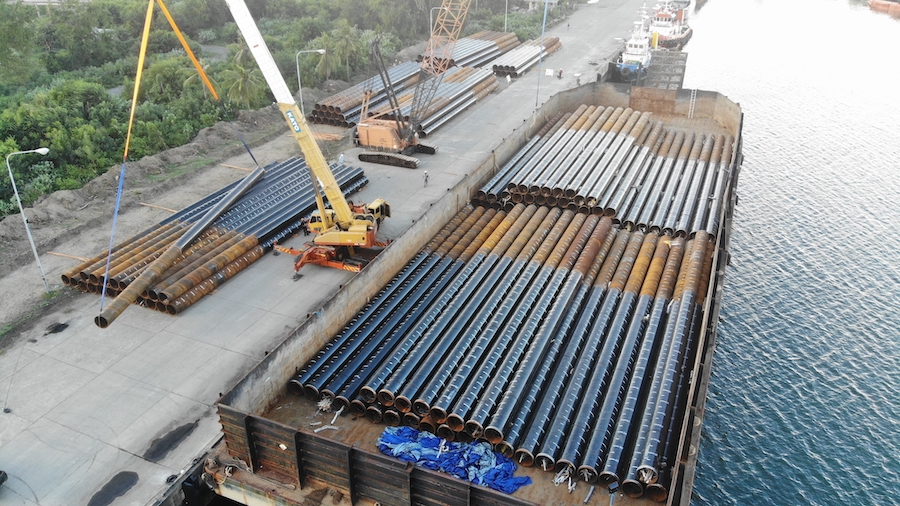

View the complete article here.
With an increasing demand for new infrastructure projects—as well as renovations of existing structures—the market for steel pipe piles is currently as strong as the steel itself.
Additionally, new technological advancements are being made to improve the efficiency and cost-effectiveness of steel pipe pile installation—further driving the market growth.
In this guide, we’re going to discuss the ideal applications for steel pipe piling, the advantages, the market, and more.
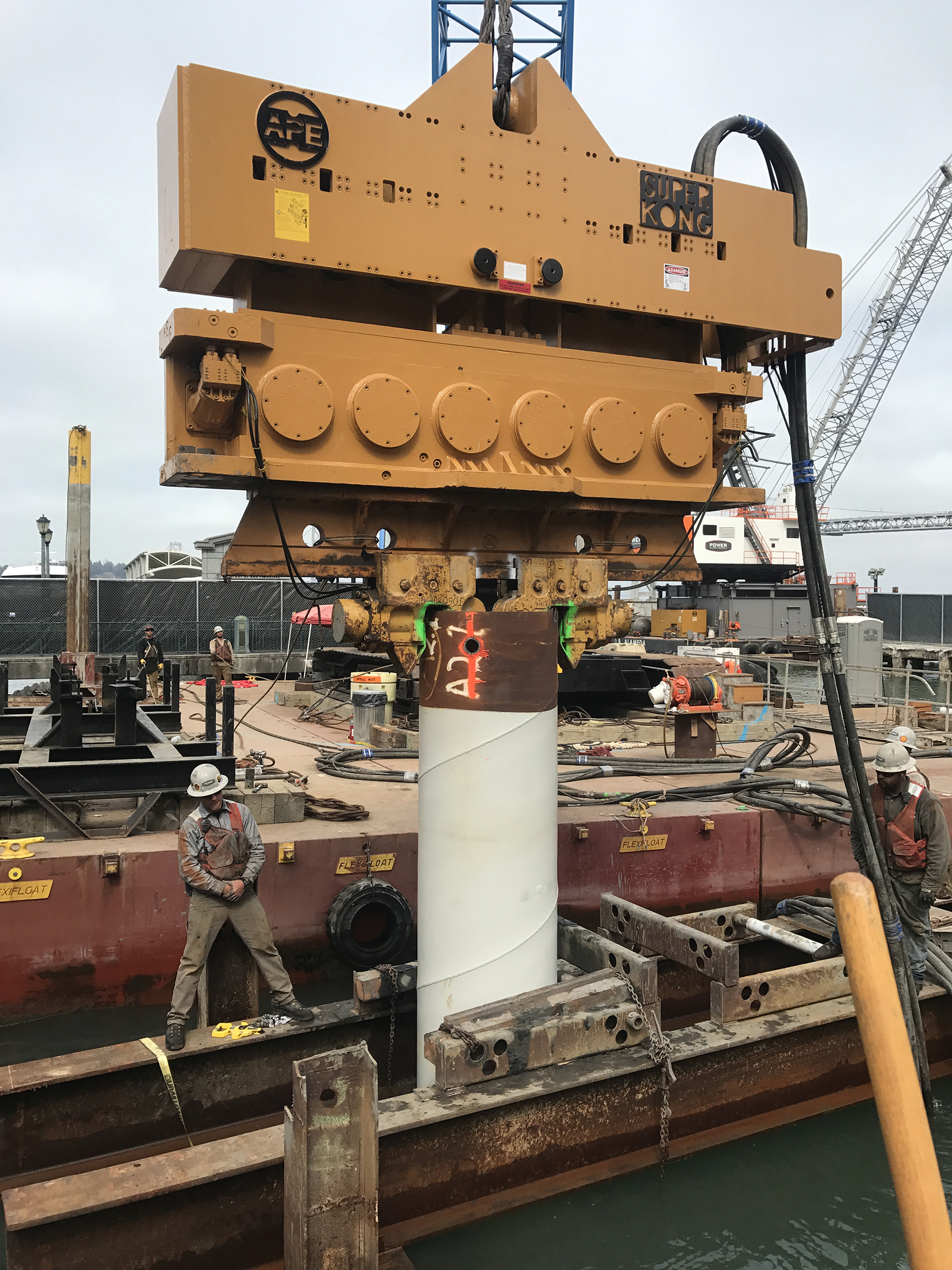
Ideal Applications for Steel Pipe Piling
Commonly used in construction to provide foundation support for buildings and other structures, steel pipe piles are driven deep into the ground and act as anchors to transfer the load of the building to a stable soil stratum.
Some of the ideal applications for steel pipe piling include:
- Building construction: Steel pipe piles are used in the construction of high-rise buildings and other structures for foundation support. They provide a stable base for the building and can also be used for underpinning existing structures.
- Bridge construction: Steel pipe piles are used in the construction of bridges around the world for foundation support. Known for their high strength and durability, steel pipe piles are able to withstand the heavy loads imposed by bridges.
- Marine and coastal construction: Steel pipe piles are used in the construction of marine structures such as ports, harbors, and offshore platforms. They are also used in the construction of seawalls and breakwaters to protect coastal areas from erosion.
- Retaining walls: Steel pipe piles can be used to construct retaining walls to stabilize slopes and prevent soil erosion.
- Underground structures: Steel pipe piles are used in the construction of underground structures such as tunnels, mines, and underground parking lots—providing support and stabilization for the structure.
- Renewable energy projects: Steel pipe piles are used in the construction of renewable energy projects, including wind and solar farms. They provide foundation support for the turbines and panels.
- Oil and gas: Steel pipe piles are used in the oil and gas industry for foundation support for offshore platforms, and pipelines.
- Dams: Steel pipe piles are used in the construction of dams to provide foundation support—as well as for spillway, intake, and outlet works.
As you can see, steel pipe piles are versatile and can be used in a wide range of projects—depending on the specific project requirements and location.
Advantages of Steel Pipe Piles
Steel pipe piles offer a multitude of advantages for construction projects, including:
- High strength and durability: Steel pipe piles are made from high-strength steel, which makes them highly-resistant to bending, compressive stress, and buckling.
- Easy to install: Steel pipe piles are relatively easy to install, as they are lightweight and can be driven into the ground using a piling hammer—making them ideal for use in projects where time is a critical factor.
- Easy to inspect: Steel pipe piles are easy to inspect—as well as repair, if necessary.
- Cost-effective: Steel pipe piles are cost-effective compared to other types of piles—like concrete piles, for example. Steel pipe piles also tend to have lower transportation and installation costs.
- Low-maintenance: Steel pipe piles typically require minimal maintenance, and—once installed—are capable of lasting for decades. They are also resistant to corrosion, which makes them suitable for use in marine and coastal environments.
- Customizable: Steel pipe piles can be customized to meet the specific requirements of a project—such as the desired load capacity, corrosion resistance, and water tightness.
What Steel Pipe Buyers Can Expect This Year
Driven by increased infrastructure spending and construction activity, the steel pipe piling market is expected to continue growing in 2023. That being said, there are various factors that contractors and steel buyers should keep in mind:
- Price volatility: Due to ongoing uncertainty regarding trade tariffs—as well as the global economy—prices for steel pipe piles may be subject to volatility.
- Government infrastructure projects: Governments around the world are expected to increase their infrastructure spending, which should drive the demand for steel pipe piling throughout the construction market.
- Limited supply: The steel pipe piling market is facing a shortage of raw materials, which could possibly lead to increased prices and delayed delivery.
- Environmental regulations: Steel pipe piling manufacturers are facing increased pressure to reduce emissions and improve sustainability, which could result in changes to the production process and costs.
To minimize risk, contractors and steel buyers should consider diversifying their supplier base, keeping a close eye on market trends and regulations, as well as building solid relationships with suppliers.
Tips for Buying Steel Pipe Piling This Year
Here are some tips to help you save time and money purchasing steel pipe piles for your next project:
- Check for certifications: Be sure to purchase steel pipe piles that have been certified by the appropriate organizations, such as the American Petroleum Institute (API) or American Society for Testing and Materials (ASTM).
- Consider the supplier’s reputation: Look for suppliers with a solid reputation in the market, and make sure they have a track record of providing high-quality materials.
- Consider the delivery time: Always consider the delivery time when placing your order, as this will obviously affect your project timeline.
- Check the condition of the steel: Ensure that the steel pipe piles are in good condition, without any visible signs of rust or damage.
- Consider financing: If your budget is tight, it can’t hurt to, at least, ask the supplier if they offer any sort of financing.
- Research and compare prices: Before making your purchase, research prices from the different suppliers available and compare these prices to ensure that you are getting the best deal.
- Look for bulk discounts: Buying in bulk can often result in significant discounts. For that reason, consider purchasing larger quantities of steel pipe piles, if possible.
When it doubt, just ask. There are plenty of suppliers out there who are happy to assist you with your purchase. We’ve actually put together a list for you below.
Consider Alternative Options
And don’t forget about alternative options available, including new surplus, rejects, and used pipe. There are always thousands of tons of pipe inventory somewhere on the ground.
Consider new surplus—overruns from the mill purchased by dealers who buy and resell.
Consider rejects—new pipe piling that has defects and doesn’t meet a higher-grade specification but is more than sufficient for lower grades like structural.
And there is always used pipe—acceptable used pipe, of course.
All of these pipes should have mill test certificates, certifying the steel properties. However, even without mill certificates, there are laboratories around the country that can test the properties of the pipe.
View the complete article here.
What do you need to know when buying steel pipe in 2023?
When buying steel pipe in 2023, it's crucial to understand the current market trends, including the supply and demand dynamics and the influence of raw material prices. It's also important to consider factors such as the pipe's dimensions, grade, and coating, as well as the reliability of the supplier. Additionally, sustainability and environmental considerations are increasingly important.
What factors affect the price of steel pipe?
Several factors affect the price of steel pipe. These include the prices of raw materials (such as iron ore, coal, and energy), production costs, supply and demand dynamics, trade policies, and economic conditions. Changes in any of these factors can cause fluctuations in steel pipe prices. Therefore, keeping up with market trends and forecasts can help in making informed purchasing decisions.














